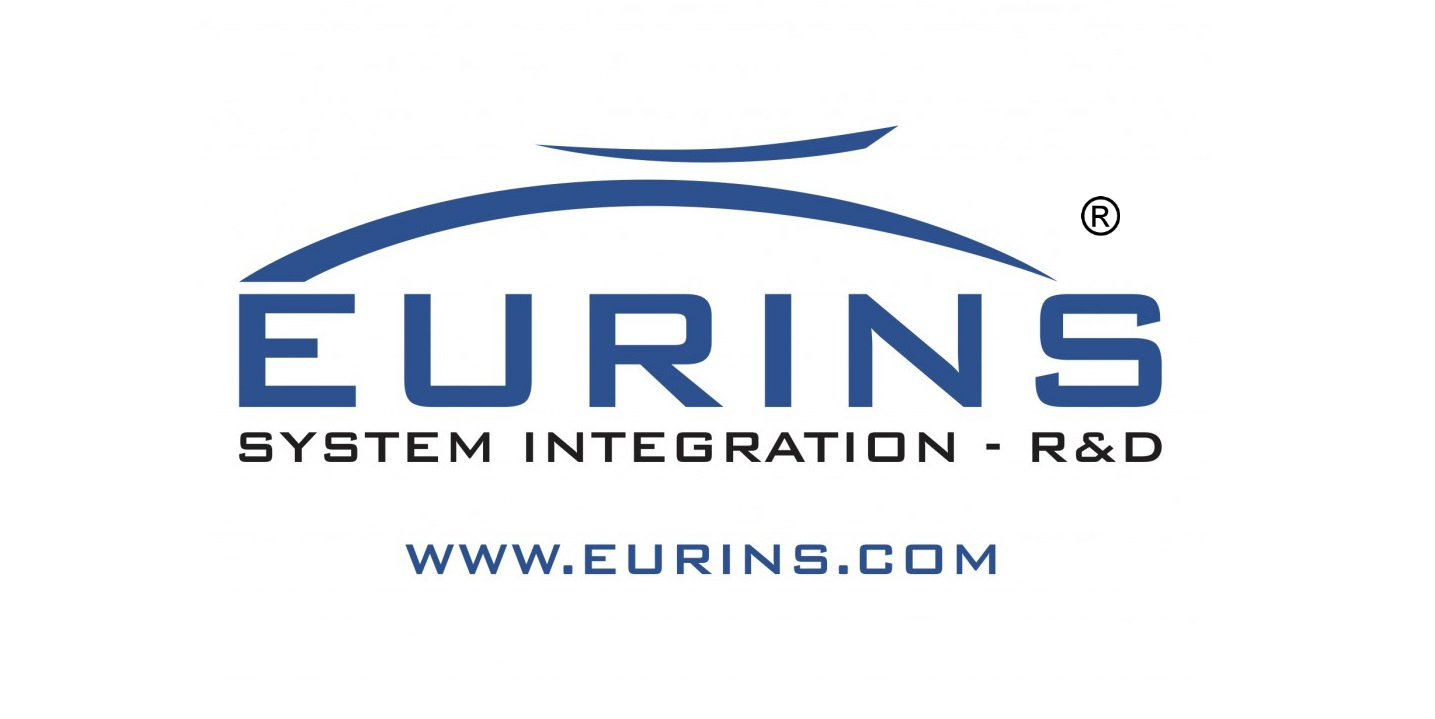DESKTOP
By selecting "Desktop" enters the sub-area where
you can configure up to 5 Native Desktops, i.e. windows that can be freely
populated, positioned and dimensioned to customize the AdaMo graphical
interface for the operator when in "Run".
Various indicators (reading) and controls (writing) are
available to be combined with the appropriate logical channels; these objects
are selectable in three dimensions (Small, Medium, Large).
The label of each channel can be placed in four different positions and its text, which shows the logical name and the unit of measurement of the channel by default, can be modified without limits as it’s considered as "Alias" (the name logical channel is not affected and is still visible by placing the mouse cursor over the object).
It is possible to combine with each Native Desktop an image (".bmp" file) as a background, useful for managing colors and highlighting portions.
The "Buttons" are particularly important since they are associated with the Actions (of type "GEN" and not "RSTCP"): by pressing a button the relative Action is sent in execution with absolute priority, equal to that of the Actions triggered by Alarm, therefore it is appropriate that the actions associated with the buttons are short to avoid blocking any Alarm Actions triggered by out-of-limit conditions.
The set of 5 Native Desktops is a Desktop file and the one with which you leave this environment ("Continue") becomes the one that is automatically used when entering "Run".
While in "Run" it is possible to alternately load different Desktop files, i.e. the 5 Native Desktop can be modified while in "Run".
In this image we see the management environment.
Using the "ESC" text of the keyboard it is possible to hide and show the editor tool.

